PROGRAM 2
Regional East Antarctic and its Provinces
The imprint of anthropogenic climate change on Antarctica and the Southern Ocean has revealed a pronounced asymmetry between West and East Antarctica, with distinct differences in air and sea-surface temperature, sea-ice changes, and ice shelf meltwater rates.
This program will explore the causal linkages between the atmosphere, ocean, and cryosphere in the present day and geological past to inform future projections of how East Antarctica will be altered in the coming decades.
This program will also investigate the consequential effects of East Antarctica’s changes on open water and under ice biogeochemistry and ecology, using a combination of palaeo, contemporary and future model projections. Addressing these issues needs a multi-faceted archive derived from a combination of observations, improved mechanistic understanding from process studies and advances in modelling being investigated in the other programs.
The Program will forge linkages with other activities in West Antarctica to improve our understanding of the drivers of these conspicuous trends between the sub-continents.
What are the links between atmosphere, ocean, cryosphere, and their effects on East Antarctica’s open water and under-ice biogeochemistry and ecology under past, present, and future conditions?
ACEAS will achieve these research goals by:
- Assessing how the Southern Ocean wind changes affect the regional oceanic circulation and sea ice on timescales ranging from decadal to centennial to multi-millennial ocean/sea-ice models.
- Assessing how the above regional changes in wind, oceanic circulation and sea-ice impact ocean temperature, salinity, biogeochemical properties, and atmospheric CO2 by combining ocean/sea-ice/carbon cycle models and palaeo-proxy records.
- Using palaeo-proxy records to identify past Antarctic meltwater events in East Antarctica and assess their influence on oceanic circulation and sea-ice using proxy records and coupled modelling.
- Evaluating the consequent effects on open water and under ice biogeochemistry and ecology for contemporary and past climate.
- Using palaeo- records to assess past changes in ecosystem structure and function and export production near the Marginal Ice Zone and their potential link to changes in iron supply from the cryosphere and atmosphere.
- Using Earth system models to assess the impact of changes in oceanic circulation, sea-ice and iron inputs on ecosystems and the carbon cycle in the Marginal Ice Zone.
- Perform contemporary measurements in the Marginal Ice Zone under-ice and open water food webs, coupled biogeochemistry, downward carbon export, water column and sea ice chemistry, and isotopes to calibrate palaeo-proxy records.

Phillip Boyd
UTas

Laurie Menviel
UNSW

Nicole Hill
UTas
